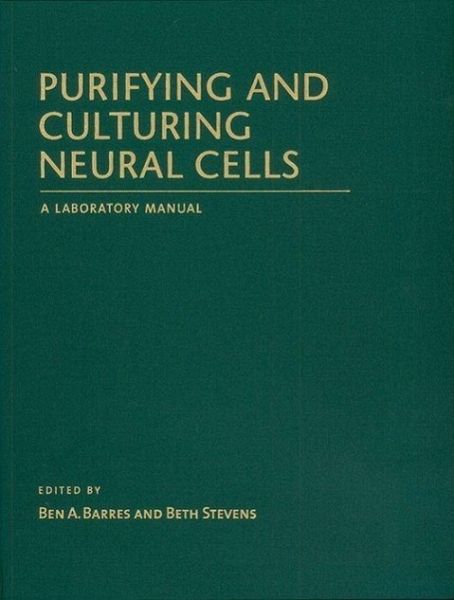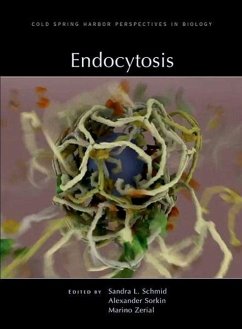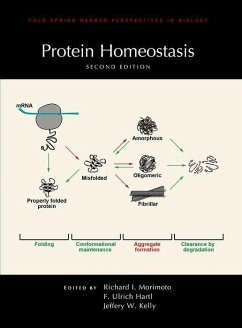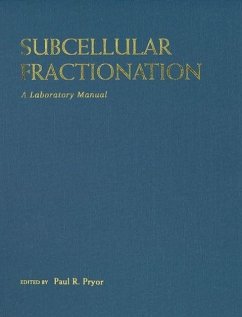Nicht lieferbar

Purifying and Culturing Neural Cells
A Laboratory Manual
Herausgeber: Barres, Ben A; Stevens, Beth
Versandkostenfrei!
Nicht lieferbar
Composed of countless neurons, glia, and vascular cells, the nervous system innervates all parts of the body to function as a vast communication network. This complexity makes it challenging to examine neural properties at the cellular and molecular levels. Cell culture systems for specific neural cell types are thus essential for studies of their development and function. This laboratory manual provides step-by-step protocols for isolating specific cell populations from rodent tissues and culturing them under conditions that closely resemble those in vivo. The contributors describe in detail ...
Composed of countless neurons, glia, and vascular cells, the nervous system innervates all parts of the body to function as a vast communication network. This complexity makes it challenging to examine neural properties at the cellular and molecular levels. Cell culture systems for specific neural cell types are thus essential for studies of their development and function. This laboratory manual provides step-by-step protocols for isolating specific cell populations from rodent tissues and culturing them under conditions that closely resemble those in vivo. The contributors describe in detail how to dissect the brain, spinal cord, and other tissues; how to separate cells using mechanical and enzymatic tissue-dissociation strategies; the use of immunopanning and fluorescence-activated cell sorting (FACS) to enrich the target cell population; and the culture conditions that optimize cell viability and growth. Retinal ganglion cells, motor neurons, dorsal root ganglion cells, astrocytes, oligodendrocytes, and Schwann cells are covered, as are vascular cells such as pericytes and endothelial cells. Myelinating cocultures of neurons and oligodendrocytes are also described. The manual includes detailed recipes for media and reagents, tips for avoiding common pitfalls, and advice for designing new immunopanning protocols using tissues from other sources. Many of the protocols are accompanied by freely accessible online movies that demonstrate critical steps of the procedures. This is an essential laboratory companion for all neurobiologists, from the graduate student level upward.












